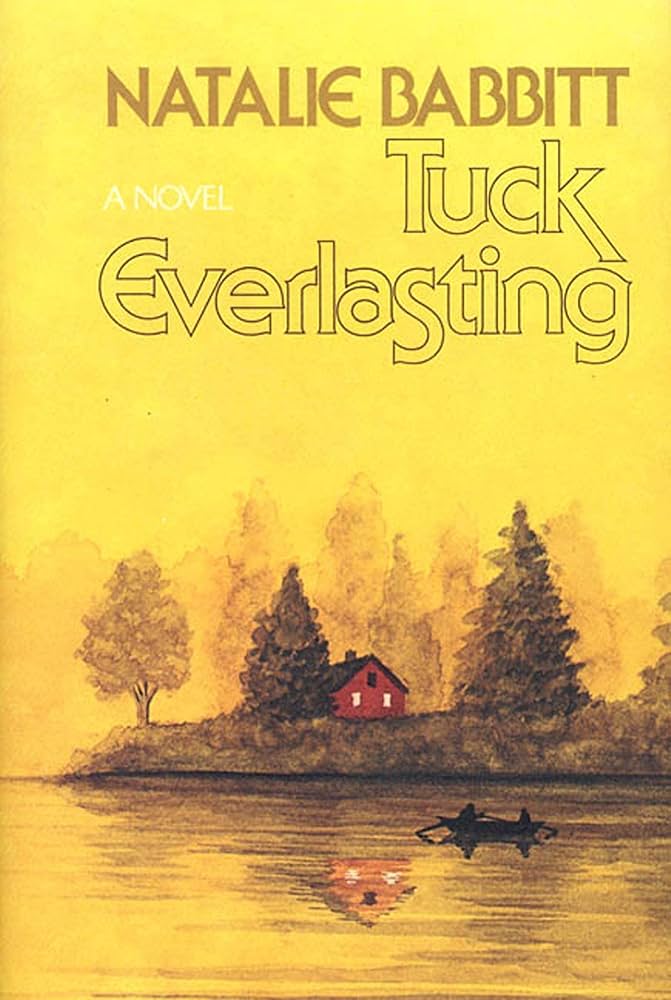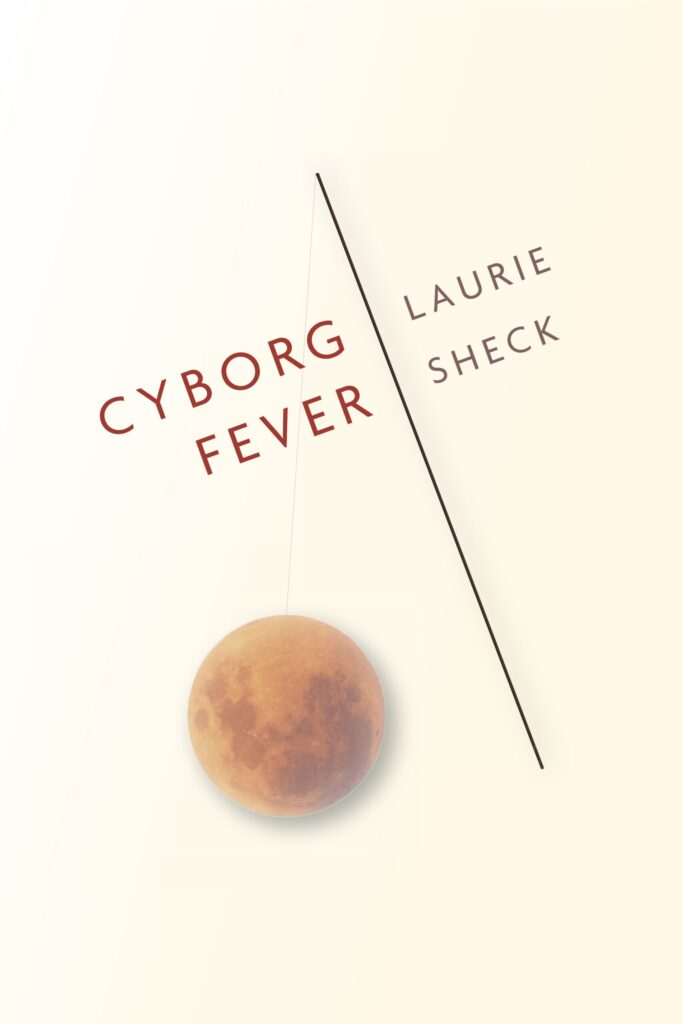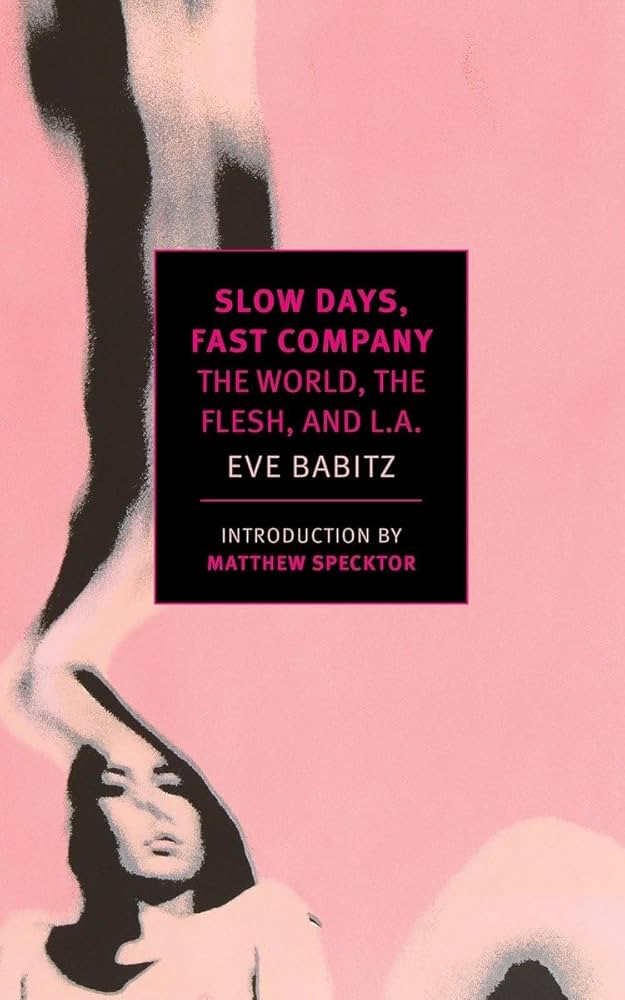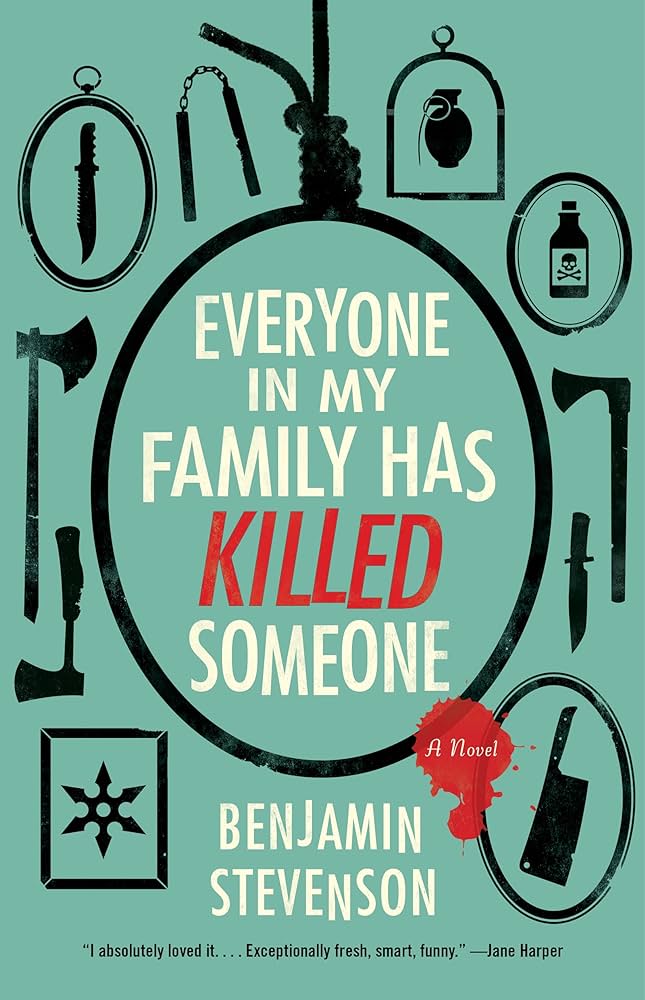Years ago, my older sister gave my kid a box filled with her favourite books from when she was young – the Chronicles of Narnia, a bunch of Tolkien, A Wrinkle in Time, and a few I didn’t know. When I told my sister that I hadn’t heard of Natalie Babbitt or Tuck Everlasting, I thought she would disown me. I meant to read it at the time, but my kid took it and it disappeared amongst all the other stuff that kids accumulate.
Not long ago, someone on Bluesky1, posted about how perfect a book this is, triggering me to go organize my kid’s bookshelves. I found a lot of great stuff, and amongst the Captain Underpants books I found Tuck Everlasting. Most people read it for the first time in grade school, so it feels a bit like cheating to read it at my age for a book website, but! my site my rules. I’d just read Only Smoke and Grendel, and Tuck Everlasting seemed like an appropriate way to round out the week.
If you’re like me and don’t know, Tuck Everlasting is a story about immortality, told through three primary characters: Winnie Foster, a 10-year old kid who loves to play outside, a mysterious man in a yellow suit, and Angus Tuck, who once drank from a spring with his family and hasn’t aged a day since. Winnie stumbles across the spring and Tuck’s teenage son (frozen in time at age 17 for decades), and the Tuck family kidnaps her while they figure out how to stay under-the-radar. The man in the yellow suit has his own nefarious plan. There’s drama, intrigue, double-crossing, a jailbreak and more. It’s an action packed story.
It’s one of those children’s books that feels timeless, like it could be 50 or 150 years old. Published in 1975, it has rich fairy-tale elements, a gentle, thoughtful pace, and a kind of old-world earnestness that feels almost twee. The tone is quiet and reflective and the writing is spare in a way that leaves space for big ideas. It doesn’t condescend to its readers, rather focusing on questions that don’t have easy answers, about time, change, and what makes a life worthwhile.
What connected with me most was how mournful it is. There’s beauty in the Tucks’ endless existence, but there’s also a slow sadness that threads through it. Angus Tuck, in particular, aches for the natural rhythm of things—to grow, to age, to be part of the living world that moves forward. For a children’s book, it holds a lot of stillness, and it asks readers to consider something most books rush past: that death isn’t just an end, but a shape that gives life its meaning.
The days of me reading to my kid at night are long past, but this book made me wish I could go back and add this to the bedtime story syllabus. It’s touching, thoughtful, engaging and about as close to perfect as you could imagine. It’s a timeless classic.
Further Reading
NYT review (1975)






